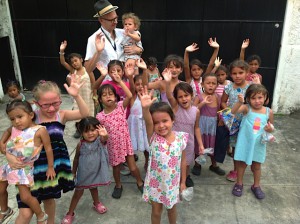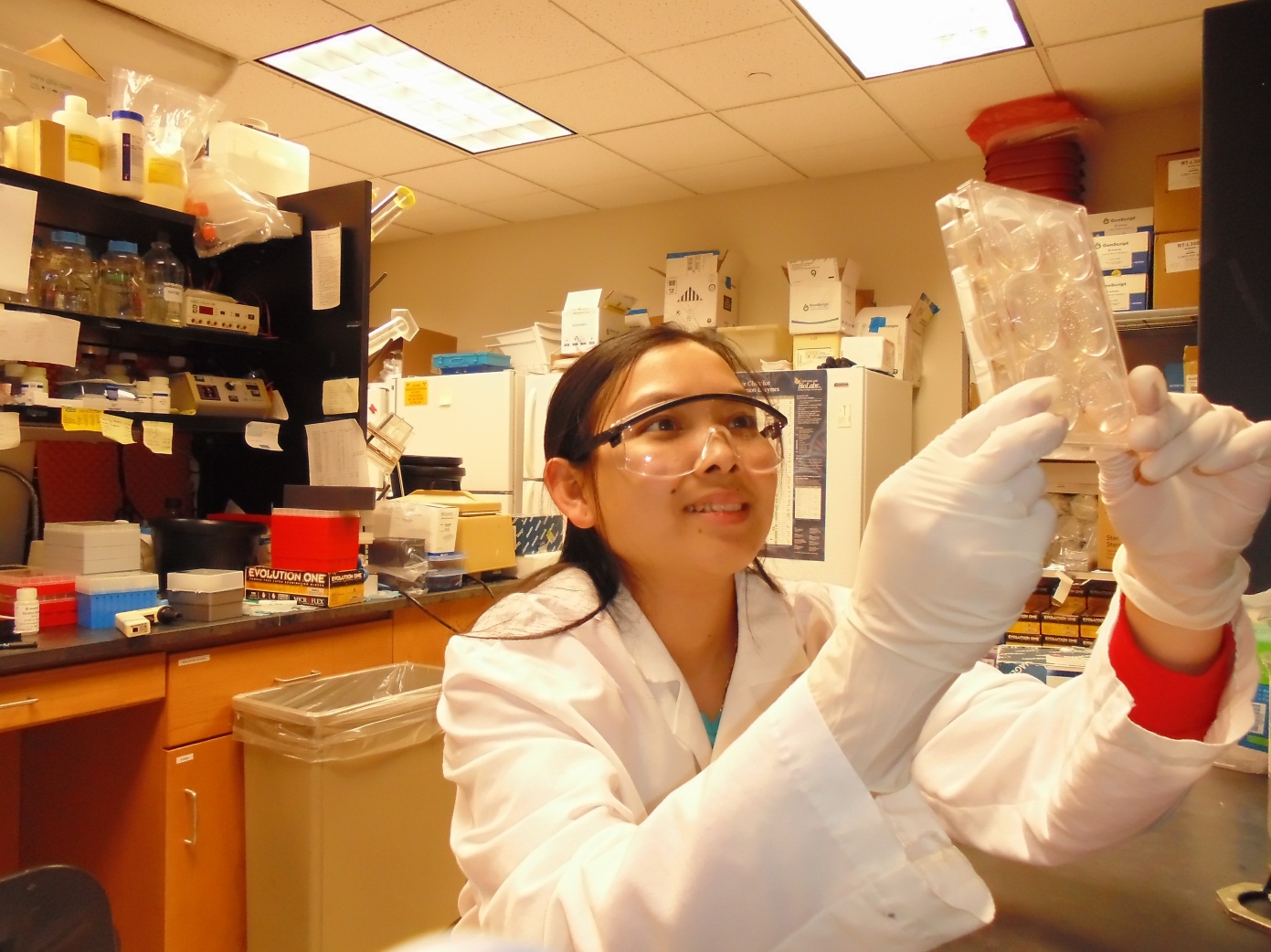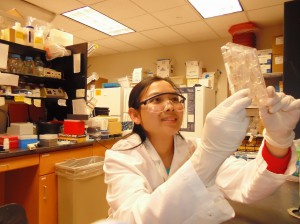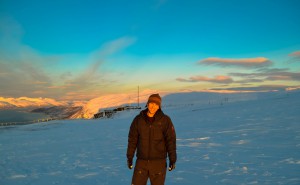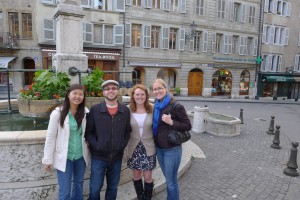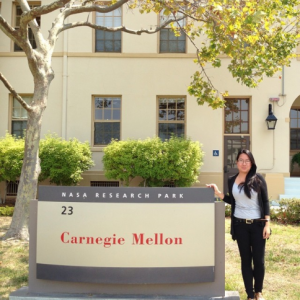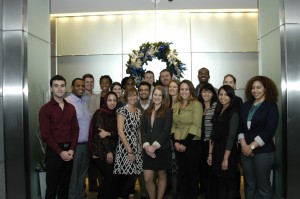
Back row, left to right: Bryan Furman, Senay Kahsay, Nathan Taylor, Amaka Cypriana Uzoh, Julie Baer, Megan Echols, Patrick Kramer, Joshua Martin, Derrell Acon, Allie D. Surina; Front row, left to right: Armaan Siddiqi, Ilana Robbins Gross, Aditya Voleti, Stephanie Herzog, Joanie Andruss, Tiffany Burd, Kristine Lin, Christina Aguila, Radhameris Gomez Gabriel (not pictured, Larena Nellies-Ortiz and Taylor Bernard)
On Wednesday, December 10, 21 newly selected Fulbright U.S. Student Program Alumni Ambassadors met in Washington, DC to receive training on how to promote and recruit for the Fulbright U.S. Student Program. Staff members from the U.S. Department of State’s Bureau of Educational and Cultural Affairs (ECA) and the Institute of International Education (IIE), along with previous Fulbright Alumni Ambassadors, shared tips on giving an effective presentation and emphasized the unique, important role that Fulbright Alumni Ambassadors play in inspiring diverse students, Fulbright Program Advisers, college administrators – and anyone interested in the program – to learn more about it and the power of educational and cultural exchange.
The Fulbright U.S. Student Alumni Ambassador Program was established in 2008 to identify, train and engage a select group of approximately 15-25 Fulbright U.S. Student Program alumni to serve as representatives, recruiters and spokespersons for the Fulbright Program. They are selected annually through recommendations from Fulbright Commissions, U.S. Embassy staff, area managers, the Fulbright Student Program Outreach Division and approved by the Fulbright Program’s sponsor, ECA. Fulbright Alumni Ambassadors come from an array of different ethnic and socio-economic backgrounds, states, fields of study, institutions and have participated in the Fulbright U.S. Student Program in all world areas.
Fulbright Alumni Ambassadors represent the program’s rich diversity and play a key role in increasing knowledge about Fulbright opportunities. They provide testimonials about their Fulbright experiences at conferences and campus presentations, and offer application tips in written articles, webinars and at special events throughout the United States.
The Fulbright U.S. Student Program relies on the Fulbright Alumni Ambassadors to share with potential applicants what the Fulbright experience is really like and how to successfully address the challenges of living abroad while meeting the Fulbright Program’s ultimate goal – to increase mutual understanding between the people of the United States and the people of other countries.

